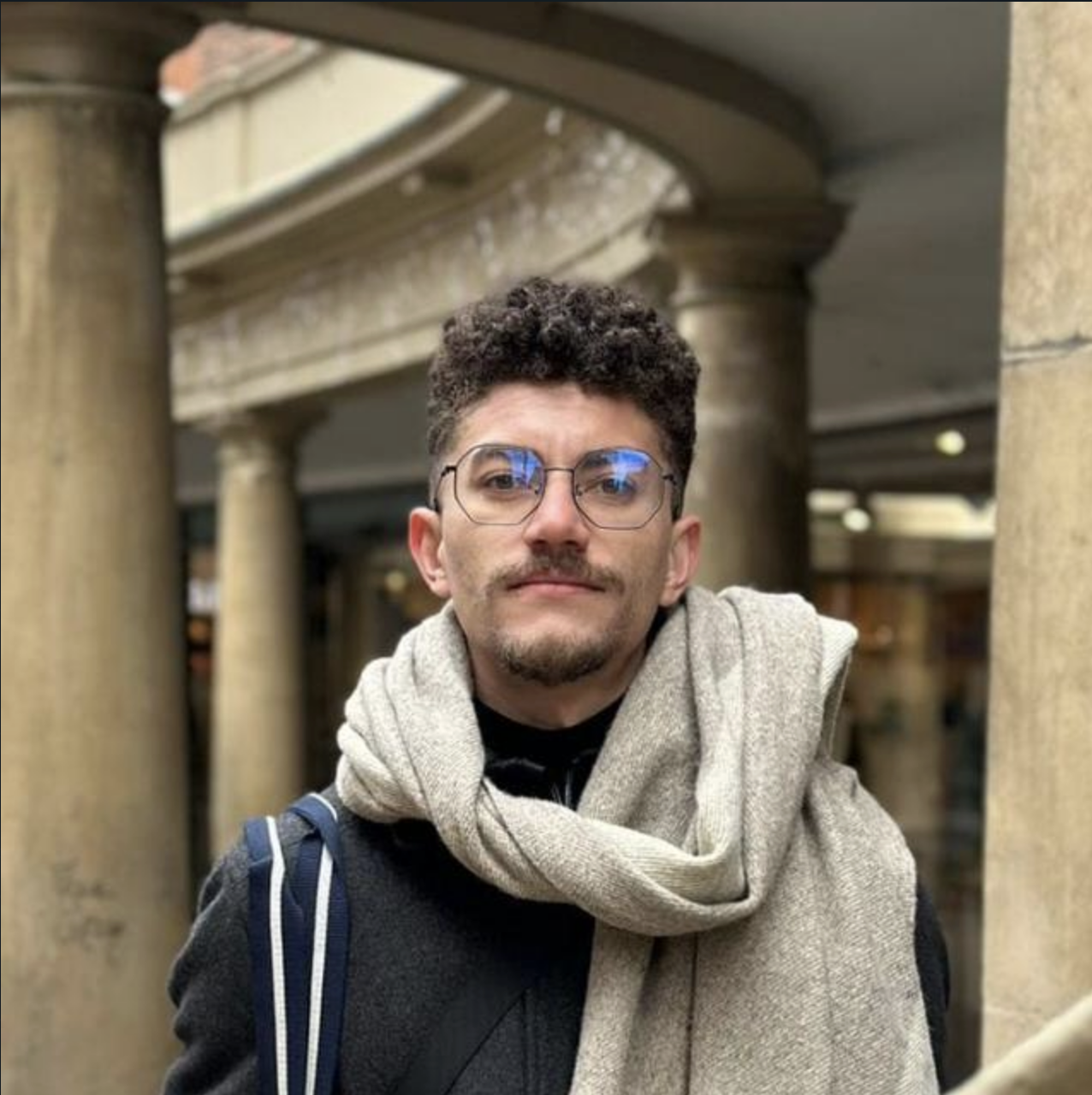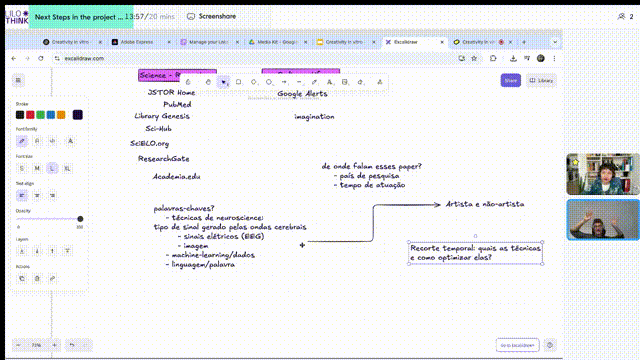Right after being selected for the CloudWalk artistic residency, I came across a serendipitous post in LinkedIn. Yes, the business-oriented platform that is definitely not famous for sharing art-related content but in which, from what I am about to share, artists have been acting. I realized that when I saw that artist Oron Catts, the famous co-founder of SymbioticA, had just shared a post about the immersive exhibit “Revivification”.
The exhibition, happening now, until August 2025 in Perth, Australia, is free and showcases an in vitro (or external) brain of the composer Alvin Lucier. I was not familiar with Lucier’s work, to be honest, but learned in the webpage of The Art Gallery of Western Australia that he developed seminal work in experimental music in the 20th-century. Lucier donated his blood for this project, developed by artists Guy Ben-Ary, Nathan Thompson and Matt Gingold with neuroscientist Stuart Hodgetts based at the University of Western Australia (UWA) and the white blood cells from these samples were turned into stem cells, from which cerebral organoids (the so-called “mini brains”) were generated.
These organoids are tiny structures that simulate the tissue architecture of a human brain, and have been widely used in research over the past years. Much has been shown in terms of their feasibility, usability for scientific experiments and future potential, but this is the first time I see them used as substrate for artistic exploration. The composer-derived mini brain stands at the heart of the installation, contained within an incubator and surrounded by 20 curved brass plates that are sculptural and the source of immersive sound. These plates are connected to the neural activity of the brain organoid, creating resonances that fill the space.
Curiously, Lucies was the first one to wear an EEG and use his brain waves to produce music. Any similarities to the project we are developing are merely coincidental (or are they?). The artists who created the piece talk about a “surrogate performer” and pose the provocation that they felt like they should maintain the creative essence of the musician.
Can a deceased composer continue to create live performances through his biological agency? Can the installation filled with sounds derived from the artist’s cells be said to be creative? These are the kinds of questions we like to see being asked!
 Lucier’s organoids at 82 days old
Lucier’s organoids at 82 days old
References
 Eduardo Padilha
Eduardo Padilha 